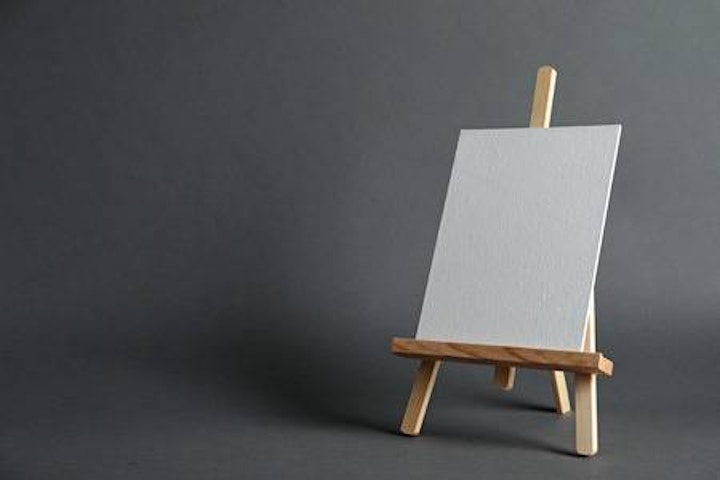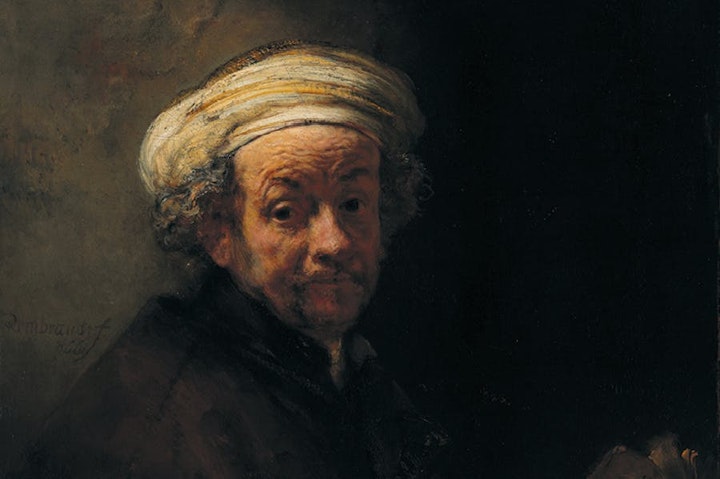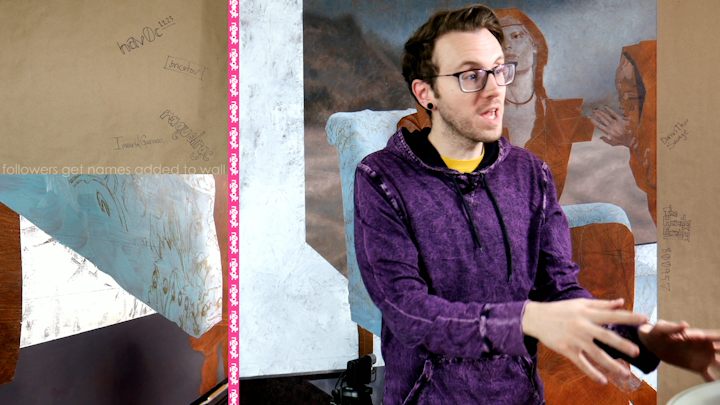How to Mix the Paint Color You Want

Mixing colors while painting should be intuitive. There's nothing worse than having to stop the creative process to do a math problem to find the color you want. This guide will get you mixing the colors you need no matter what type of paint you're using or the style you're painting in.
The first step to becoming a color guru is understanding the three properties of any color. You can think of these 3 properties as 3 sliders that you can move to change the end result. Those 3 properties are hue, intensity and value.
Hue
Hue refers to the frequency of the light that you are seeing. You can think of this as where in the rainbow spectrum is the color I'm looking for. If hue was a slider, moving it across the selector would change our color from red to orange to yellow to green, etc. You would also see every possible step in between like red-orange or red-red-orange, etc. All of these colors are achieved by mixed the primary colors of the subtractive color system - red, blue, yellow.
Intensity (...or saturation or chroma - it has a million names)
Intensity refers to exactly that - how intense is your color. If this was a slider, it would move between grey on the low end and your pure rainbow color on the high end. Lowering the intensity of your color makes it less vibrant and it a lot of cases, makes your color deeper and more interesting.
Value
Value refers to how light or dark your color is. A value slider would yield white on one end, black on the other, and the pure rainbow color right in the middle.
------
Now that those are out of the way, let's start mixing. I ordered the 3 properties in that order because that is a good order to address them when you are learning to mix. As a beginner, you may start with a smaller palette - red, blue, yellow, black and white. As you progress, you will want to expand that to include a warm and cool variation of red/blue/yellow, some earthy neutrals like raw and burnt umber/sienna, and you probably want to drop black altogether (unless you're like me and refuse to listen to people's advice haha). For now, lets use that beginner palette and mix a pastel blue-green, seafoam if you will.
Project Seafoam - Step 1
First thing is we need to get the hue we want - the blue-green. for this we want to start with blue and add a little bit of yellow until we have the hue we want. Keep in mind that yellow is powerful and a little goes a long way. You can always add more, but once you add to much it's hard to go back. After a little playing, you'll find exactly what you're looking for.
Project Seafoam - Step 2
Pastel colors are typically muted (meaning not intense), so we definitely want to lower the intensity. There are multiple way to do this, so lets go through those.
Method 1 - If you mix a middle grey (black and white), adding more of it to your mixture will yield a less intense color. This is a very straight forward method, but can sometimes end with a very dull color.
Method 2 - If you want to preserve the depth of your color, you can add a bit of the complementary color to it to lower the intensity. You may want to consult a color wheel on this one, or you can remember 3 pairs of opposite colors: red vs. green, blue vs orange, purple vs. yellow. If we have a blue-green, the opposite will be orange red. Remember to add a little at a time until you get what you're looking for.
Method 3 - This is the pro method. If you move to the advanced palette mentioned above with a warm and cool option of your primary colors, you can use your warm option when you would normally use a cool option and vice versa. This can be tough to control at first and it doesn't yield extreme results (you aren't going to get close to grey using this method), but its a great way to get variation in the color you're mixing and make it a bit more interesting. For example, you would typically use your warm blue and cool yellow to mix this blue-green, but if you used cool blue and warm yellow, you would end up with a muted version. This is because you are essentially mixing the complementary color into the mix via a very indirect method. The best way to grasp this one is to play around with it.
Project Seafoam - Step 3
Last but not least, lets figure out the value. This one is the easiest. If you want it darker, you add black. If you want it lighter, you add white. In our pastel example, we would add white until it's what we wanted. If you remember, earlier I mentioned you should consider dropping black from your palette as you advance. In that case, you can add muted blues and/or complements to get your darker colors. Typically, you want to avoid grey, hue-less colors, which black tends to yield along with method 1 addressing intensity. It's a good rule of thumb and I wouldn't break it unless you have a very well thought out reason.
At this point you have your color, but I'm not gonna stop there. I also have a few last minute tips to elevate your paintings:
1. Cool colors tend to recede and warm colors protrude forward. This can really help you mold volume and depth in a painting.
2. Like I mentioned earlier about yellow, some colors are very powerful and can quickly commandeer your mixture. Learn them.
3. Try to not mix too many colors on your surface (canvas, panel, etc.). This can make a muddy color that will become an eyesore.
4. Never use your brushes to mix colors on your palette. Use a palette knife. Your brushes will thank you.
5. Never use a color straight from the tube. Mix them. Make them yours.



